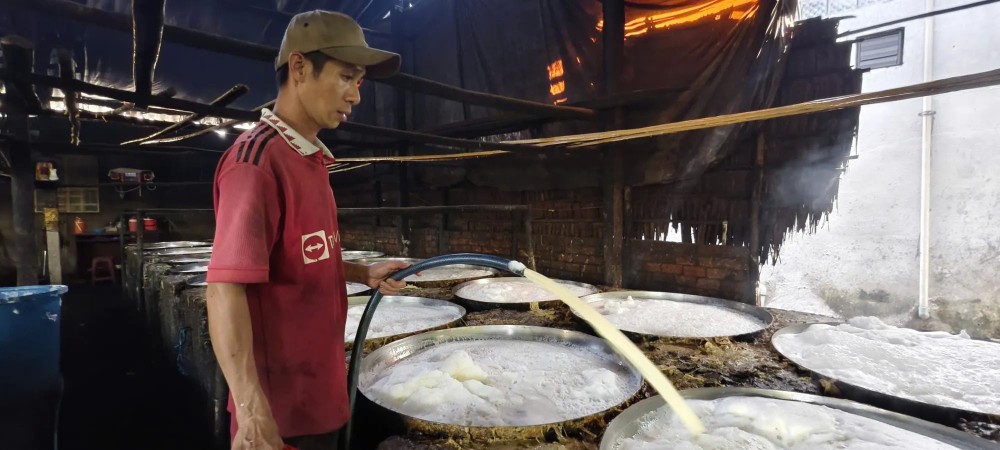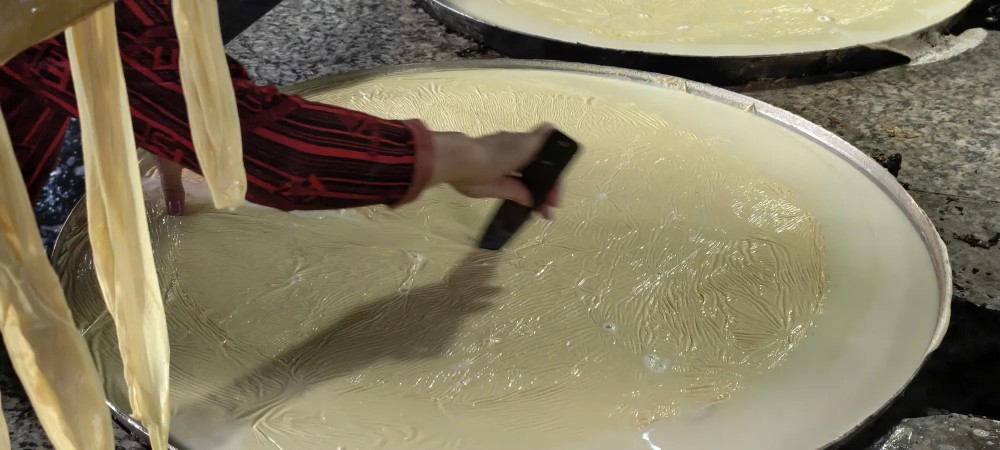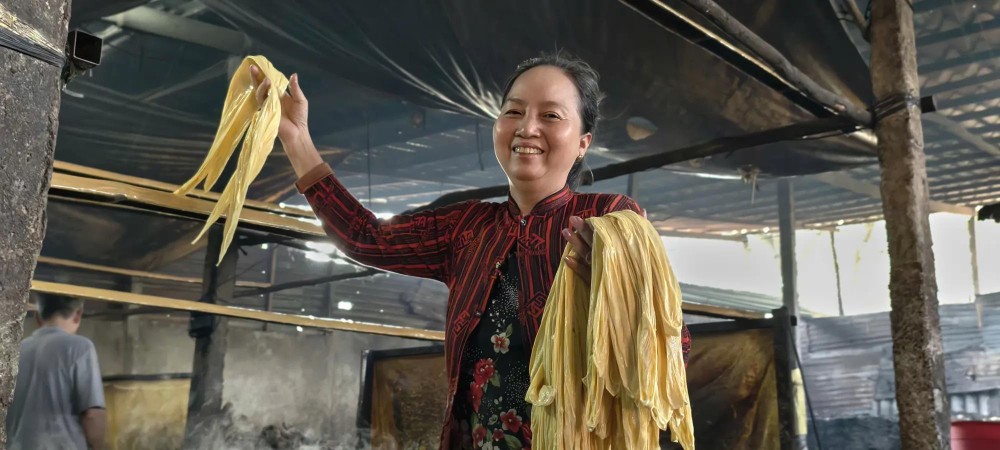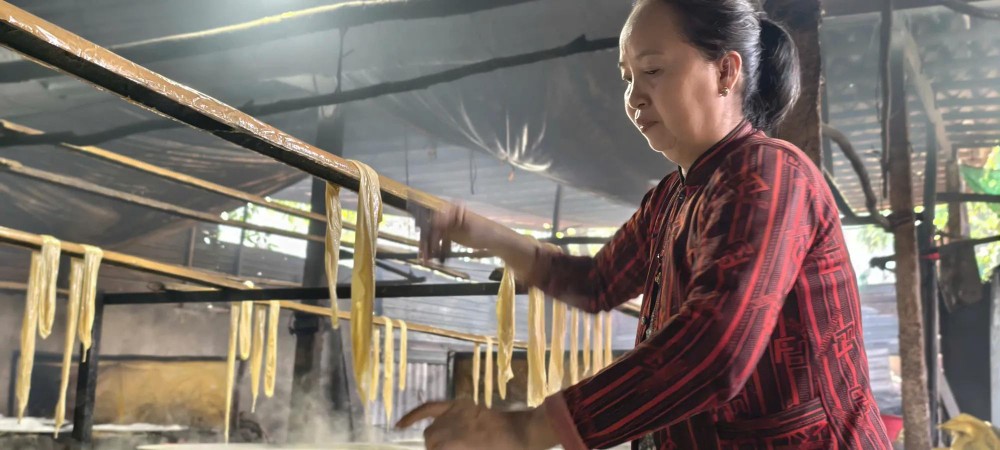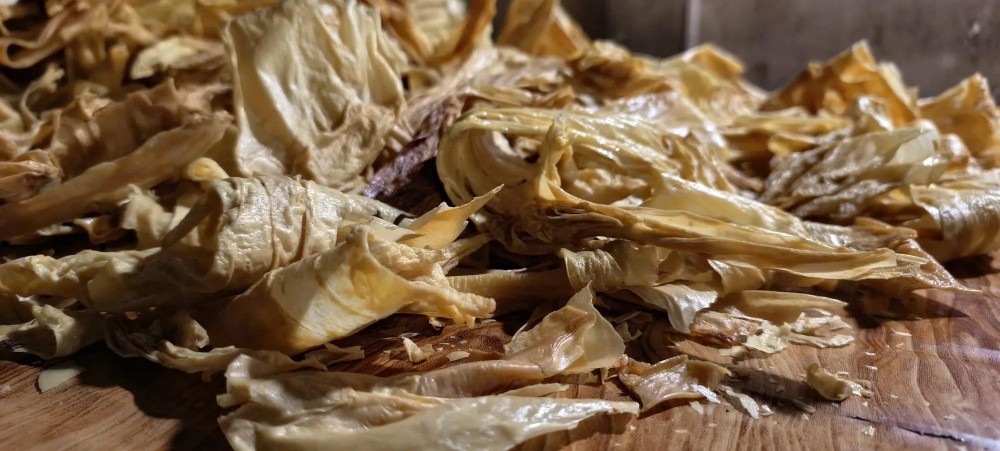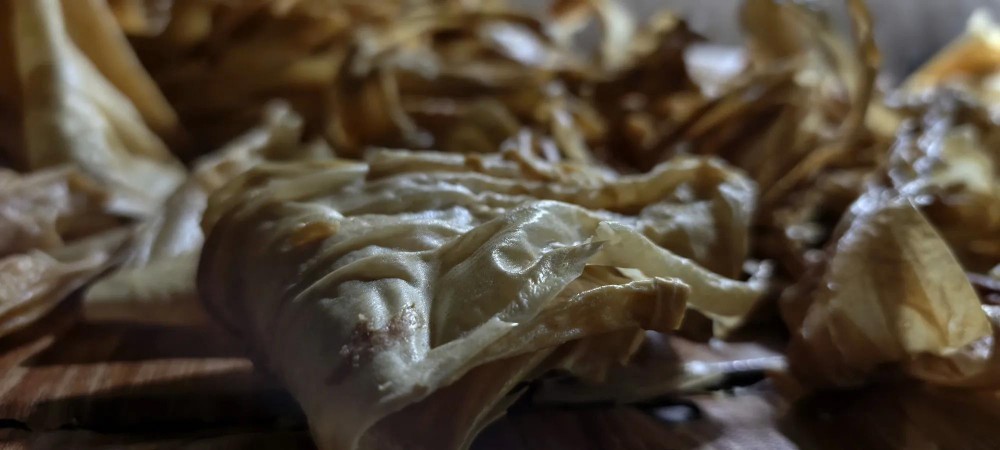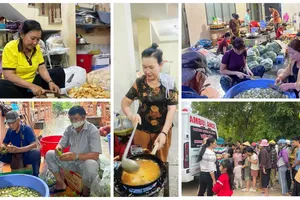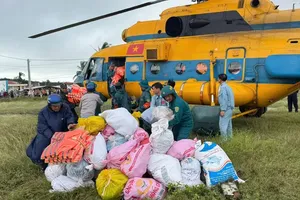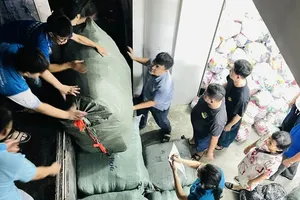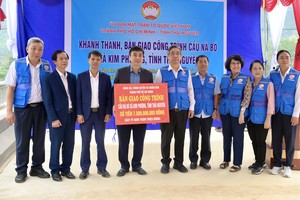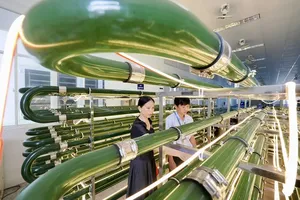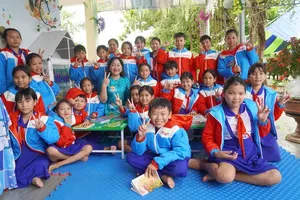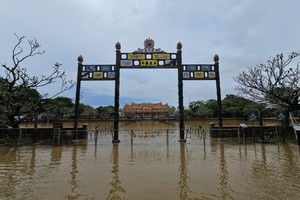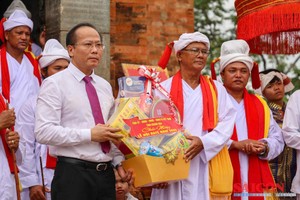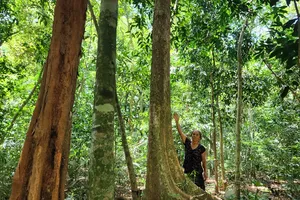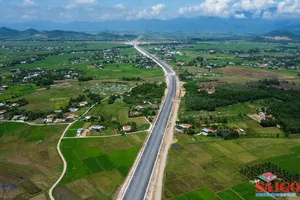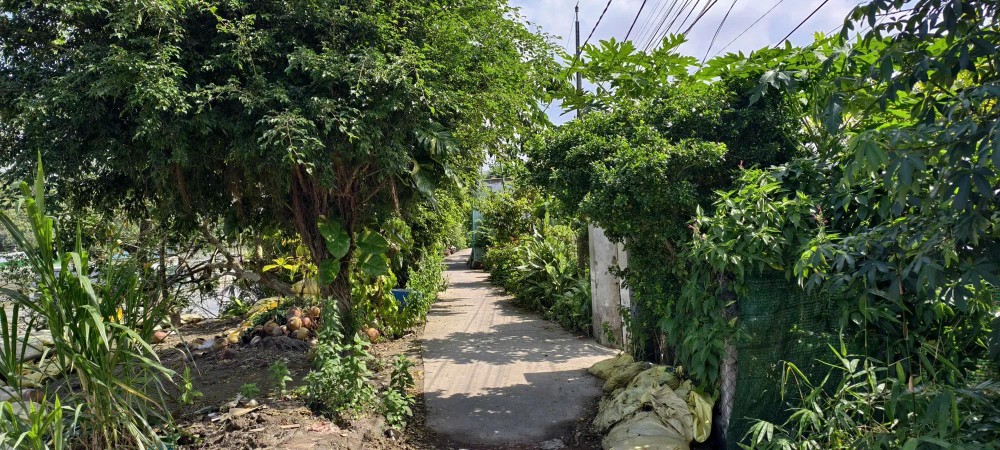
In April 2023, the My Hoa tofu skin craft village in Binh Minh Town now Cai Von Ward of Vinh Long Province was officially recognized by the Ministry of Culture, Sports, and Tourism as a National Intangible Cultural Heritage. This distinction is a source of great pride for the local community, who have lived for generations along the Hau River, safeguarding a craft that has endured for more than a hundred years.
Along the banks of Tu Tai Canal, the soy cauldrons still glow with fire. Golden sheets of tofu skin are lifted from simmering pans and dried under the morning sun. Bach Ho Hai, a tofu skin producer in My Khanh Hamlet, shared that the water-rich landscape has shaped this distinctive trade. Families in My Hoa have passed down the craft from generation to generation ensuring the fires of their stoves never go out.
According to local artisans, tofu skin production in My Hoa originated with the family of Chau Xuong, a Chinese immigrant who settled in the area in 1912. Chau Xuong, together with his wife and two sons, Chau Khoanh and Chau Sam, brought their traditional craft to this new land.


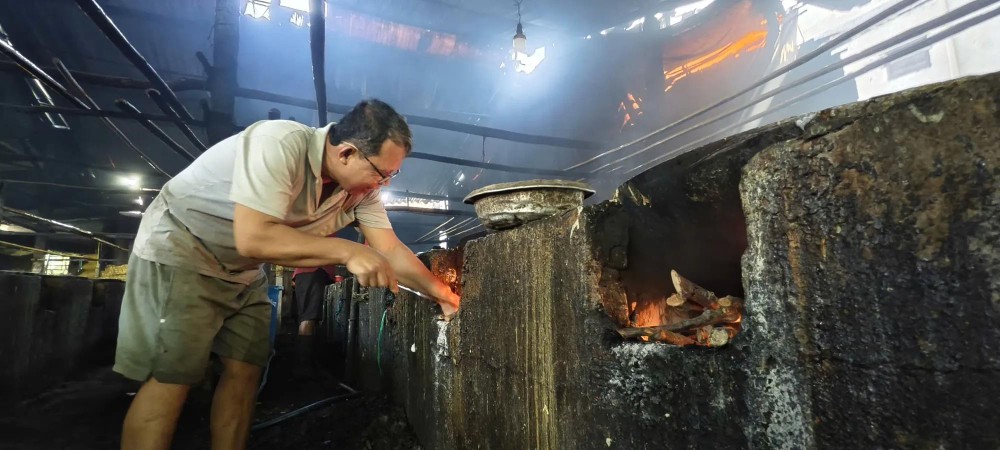
Through diligence and skill, the family quickly succeeded, inspiring neighbors to learn the trade. Today, descendants such as Chau Cong, Chau Long, and Chau Thi Xuan Ha continue to uphold the family’s legacy. Over time, around 40 households have taken up the craft, providing employment for hundreds of local workers.
My Hoa tofu skin is beloved for its distinctive flavor and consistent quality. The product is distributed across the Mekong Delta, particularly in Can Tho and Vinh Long. On average, 90 kilograms of soybeans yield 35–38 kilograms of finished tofu skin. Production efficiency, however, depends heavily on the quality of the beans including immature or poor soybeans produce no surface film, leading to loss. Although some processes, such as grinding, kneading, and drying, have been mechanized, the heart of the craft remains in the traditional techniques and artisans’ experience.



The village’s longevity spanning more than a century owes much to its communal bonds and the pride of its people. In 2013, the product received collective trademark recognition as “My Hoa – Binh Minh Tofu Skin,” and in 2017, it won the “Outstanding Product of the Mekong Delta” award.
Vice Chairwoman Nguyen Thi Uyen Thanh of the Vinh Long Provincial People’s Committee noted that the recognition as a National Intangible Cultural Heritage not only honors the craft’s value but also opens pathways for tourism development, product promotion, and sustainable preservation models. With its strong cultural foundation, the My Hoa tofu skin village is looking toward a future where this traditional trade not only sustains livelihoods but also becomes a unique cultural and tourism asset of the Mekong Delta region.
